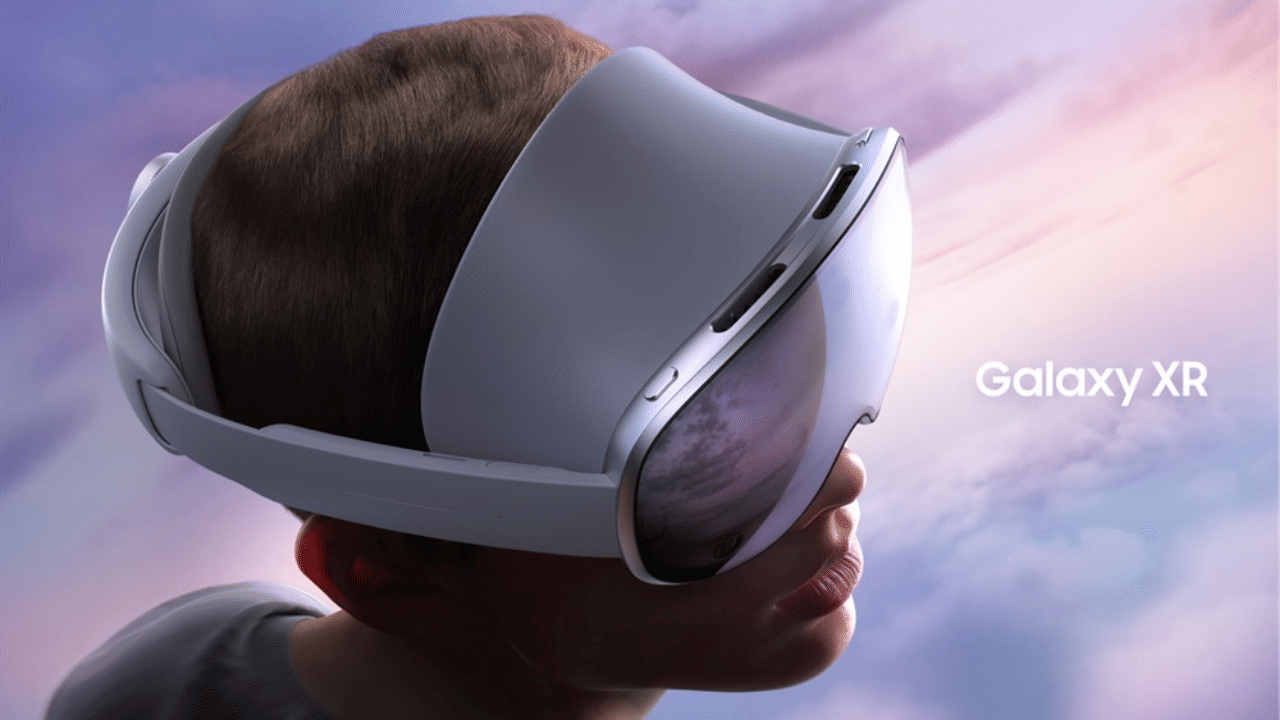New Delhi: Galaxy XR, a next-generation headset consisting of artificial intelligence and extended reality, has been officially launched by Samsung Electronics in a single powerful ecosystem. Developed with Google and Qualcomm Technologies, the Galaxy XR is the first product to be based on the new Android XR platform, a ground-up architecture designed in the Gemini era of multimodal AI. The device offers the beginning of Samsung’s long-term XR vision, which includes immersive headsets and AI glasses and places users in a new position of discovering, playing, and working in digital worlds integrating perfectly with the real world.
Samsung states that Galaxy XR is not merely a headset but the core of a new AI-native ecosystem. It has visual, voice, and gesture recognition that provide natural and intuitive interactions, making technology an intelligent companion, capable of understanding and responding to its environment. This release highlights how Samsung wants to popularise XR experiences to the same extent as smartphones, which are accessible, immersive, and useful in everyday life.
Galaxy XR availability
In the U.S. and Korea, Galaxy XR can be purchased on October 21 and October 22, respectively. It has 16GB memory, 256GB storage, and a video playback time of up to 2.5 hours. The device has Wi-Fi 7, Bluetooth 5.4, and 3D photo/video capture with iris recognition and the option of vision correction in optical inserts.
Powered by multimodal AI
Galaxy XR is about Gemini, the multi-mode AI, which is integrated into the Android XR. This enables the headset to perceive its surroundings in terms of sight and hearing, giving human-like reactions and contextual support. The device fills the gap between the virtual and physical worlds, whether it involves navigating Google Maps in immersive 3D, searching objects with Circle to Search, or using YouTube and Google Photos in XR.
Android XR is a co-developed platform by Samsung, Google, and Qualcomm that would be an open one indeed. It provides compatibility with common Android applications by default, and it is based on OpenXR standards, which allow the developer to effortlessly transfer Unity or WebXR content to Galaxy XR. The platform is scalable to current and future form factors such as AI glasses, which promotes innovation and accessibility in industries.
Galaxy XR is designed for immersion
Samsung focused on ergonomics in order to make Galaxy XR comfortable during the long sessions. The headset has a lightweight frame, balanced distributed pressure, and a removable light shield to adjust the immersion. Its detachable battery pack makes the head lighter; the high-tech cameras and sensors allow an accurate tracking of the head, hand and eye movements.
Galaxy XR is powered by the Snapdragon XR2+ Gen 2 platform to provide vivid visuals at 4K Micro-OLED and spatial sound due to a six-microphone array and a pair of speakers. Users are able to stream video and play AI-assisted XR games or edit 3D content with Adobe Project Pulsar. Enterprise applications, such as industrial training and remote collaborations, are also supported by the device, such as Samsung Heavy Industries with Snapdragon Spaces technology and Qualcomm.
